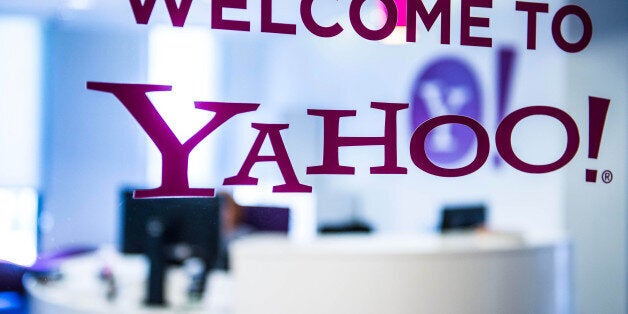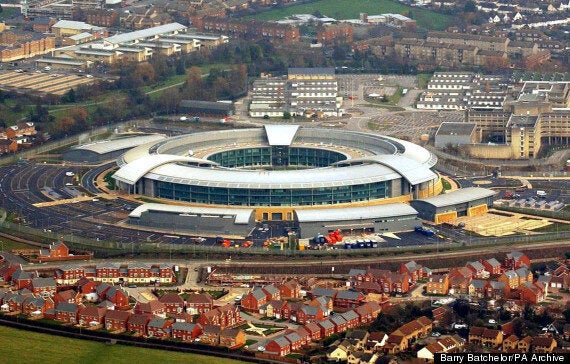
Internet giant Yahoo has branded claims that UK spy agency GCHQ intercepted and stored webcam images of millions of users as a "whole new level of violation".
In its latest report on files leaked by US whistleblower Edward Snowden, the Guardian newspaper claims a surveillance programme operated by GCHQ, with aid from America's National Security Agency (NSA), collected still images of Yahoo webcam chats in bulk.
Codenamed Optic Nerve, the operation saved images to agency databases, regardless of whether individual users were suspected of wrongdoing, the newspaper said.
In a furious reaction to the report, a Yahoo spokeswoman said:
"We were not aware of, nor would we condone, this reported activity.
"This report, if true, represents a whole new level of violation of our users' privacy that is completely unacceptable and we strongly call on the world's governments to reform surveillance law consistent with the principles we outlined in December.
"We are committed to preserving our users' trust and security and continue our efforts to expand encryption across all of our services."
GCHQ declined to comment on the claims.
Dating between 2008 and 2010, the GCHQ files reportedly show in one six-month period alone, the agency collected webcam imagery - including substantial quantities of sexually explicit communications - from more than 1.8 million Yahoo user accounts globally.
- Optic Nerve began as a prototype in 2008 and was still active in 2012, The Guardian reported.
- The system was used for experiments in automated facial recognition, to monitor GCHQ's existing targets, and to discover new targets of interest, the newspaper added.
- Rather than collecting webcam chats in their entirety, the program saved one image every five minutes from the users' feeds, The Guardian said, while sexually explicit webcam material proved to be a particular problem for GCHQ.
A previously top-secret document, found among 58,000 files taken by Snowden, the former NSA contractor who fled to Russia, via Hong Kong, after leaking the information to four locations worldwide, said: "Unfortunately... it would appear that a surprising number of people use webcam conversations to show intimate parts of their body to the other person.
"Also, the fact that the Yahoo software allows more than one person to view a webcam stream without necessarily sending a reciprocal stream means that it appears sometimes to be used for broadcasting pornography."

Above: GCHQ headquarters
Between 3% and 11% of the Yahoo webcam imagery harvested by GCHQ contains "undesirable nudity", the document reportedly said.
Reacting to the claims, MP David Davis said: "We now know that millions of Yahoo account holders were filmed without their knowledge through their webcams, the images of which were subsequently stored by GCHQ and the NSA.
"This is, frankly, creepy. It is perfectly proper for our intelligence agencies to use any and all means to target people for whom there are reasonable grounds for suspicion of terrorism, kidnapping and other serious crimes. It is entirely improper to extend such intrusive surveillance on a blanket scale to ordinary citizens."
Snowden originally leaked information last May to The Guardian, Washington Post, a location in Rio de Janeiro and another in Germany, which revealed mass surveillance programmes such as the NSA-run Prism and the GCHQ-operated Tempora.
Under the £1 billion Tempora operation, Cheltenham-based GCHQ is understood to have secretly accessed fibre-optic cables carrying huge amounts of internet and communications data and shared the information with the NSA.
Critics have claimed Mr Snowden's disclosures have aided terrorists, while others believe the move could be illegal.
Earlier this year, MI5 director general Andrew Parker warned in a speech that revealing details about the work of GCHQ was a ''gift to terrorists'', while Sir John Sawers, head of MI6, said terrorists were ''rubbing their hands with glee''.
But supporters believe the leaks exposed an abuse of powers among the security and intelligence services in the UK and US and have contributed to a much-needed debate on their oversight and role.